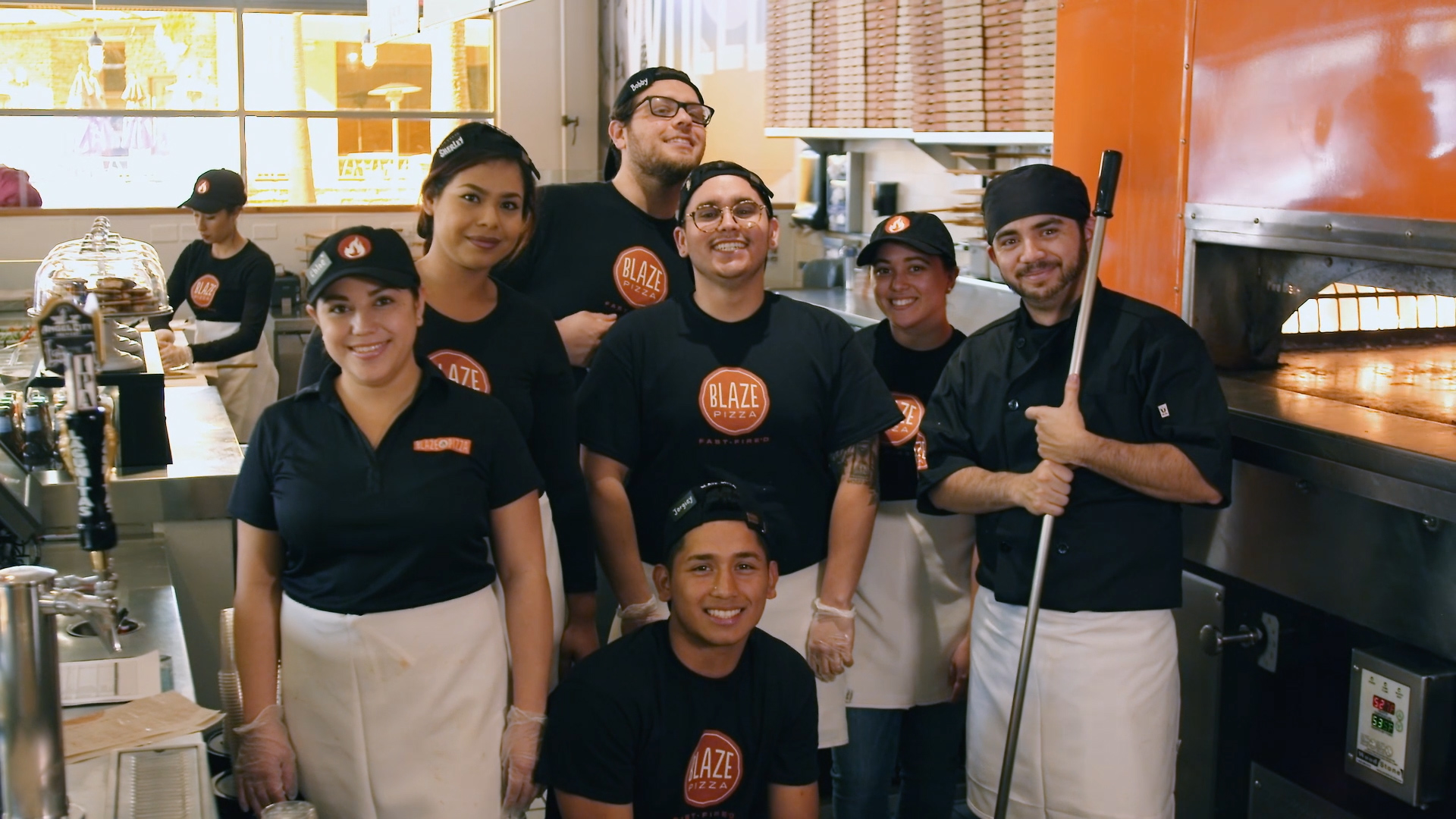4 Use Cases for Mobile Training in Retail
Research by Genesys Global Survey discovered that 78 percent of consumers think that customer service reps are important to providing a happy customer experience. Properly trained, knowledgeable retail associates can offer a path to this positive experience, even if they don’t directly deal with customers. Productive employees create a better retail atmosphere, which in turn contributes to impressed customers, which ultimately leads to more sales and a healthier bottom line.
Mobile training is quickly becoming an important method for retailers to teach, update, and enhance the skills their employees need to be successful. The use of technology such as an iPad or Surface opens new possibilities for stores to optimize efficiency, save time and resources, and, yes, increase sales. Here are four use cases of tablet training applied to the retail sector:
1. In the kitchen
Restaurants are continually challenged to teach their cooks how to prepare food, whether it’s recently hired employees learning the menu or experienced workers tasked with making a new item. Tablet training not only can give cooks step-by-step directions and
hands-on experience, but also standardizes how items are prepared from store to store, all across the country, so that customers won’t be surprised by something tasting differently at another location. Incorporating video into this training is especially effective—employees can watch, in the kitchen or prep area, how a menu item is assembled, following along as they prepare the food, and pausing and rewinding as needed.
2. Retail displays
Much planning and effort goes into how products and sales are launched and marketed in the retail sector. The front line of this effort is the in-store display intended to attract customers into buying the product, no matter if it’s something new or an established good. And, ultimately, floor employees will be responsible to assemble these displays that will hopefully make the sale. Tablet training can detail exactly what workers must do to make the display a success—and show them how to do so on the floor. Rather than read instructions somewhere in the back or try to decipher a diagram on the floor, employees can watch video and other interactive content that will walk them through the process.
3. Knowledge of products
Nothing can drive a customer away from a retail store faster than asking an associate a question and getting a blank store and “uh, um, …” in return. Employees must know their stuff in order to help make the sale. Tablet training is an effective way of teaching workers the knowledge necessary to help customers. This instruction is especially important with rollouts—the marketing for a new product won’t make a difference if associates can’t answer basic questions about it.
4. Store flow
How consumers make decisions, purchase items, wander through the store, and generally operate in a retail environment has been broken down into a science. By incorporating tablet training into this science, the flow of a store can be arranged and maximized. Employees and managers can take an iPad onto the floor to get a precise view of how it should be set up. If they have questions, they can send feedback directly from the tablet (instead of going to an office to email off a computer) along to corporate. They can also use shoot video, via the iPad, to show executives and other locations what is happening at their store. The process becomes more interactive and, ideally, more successful.





